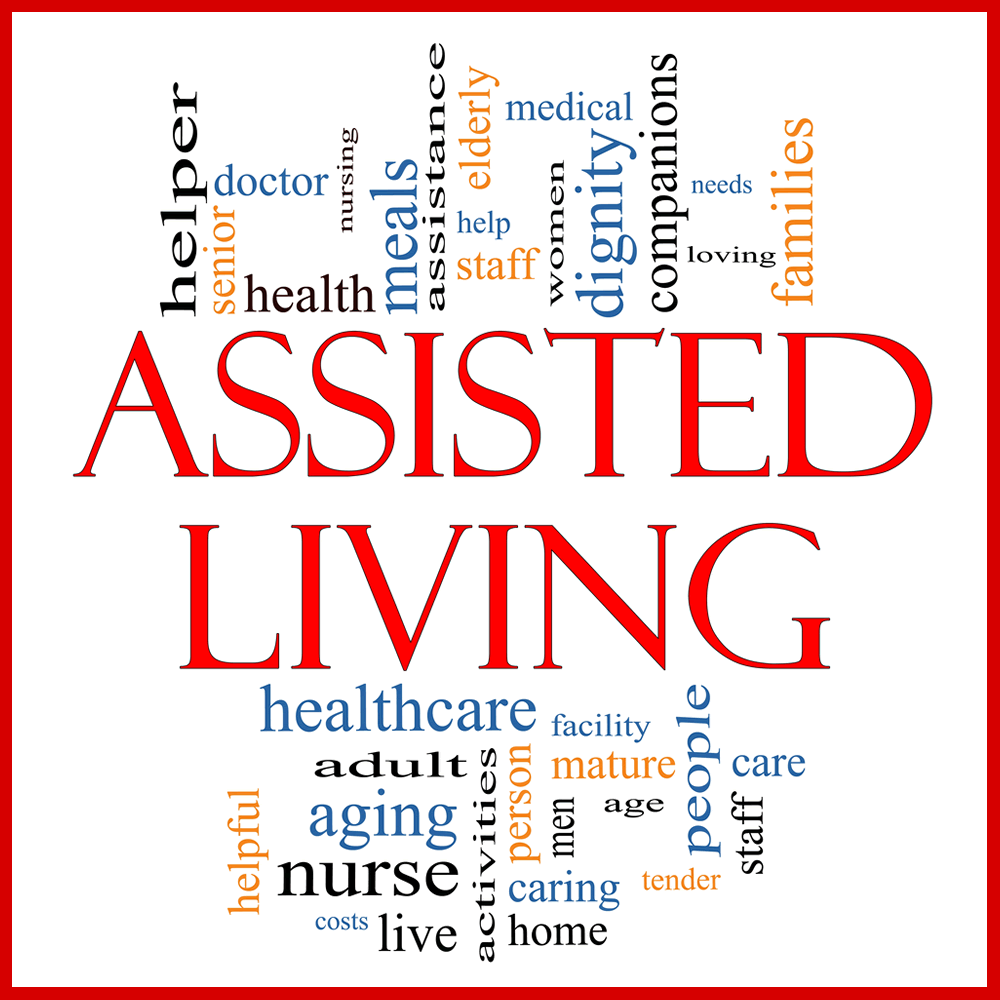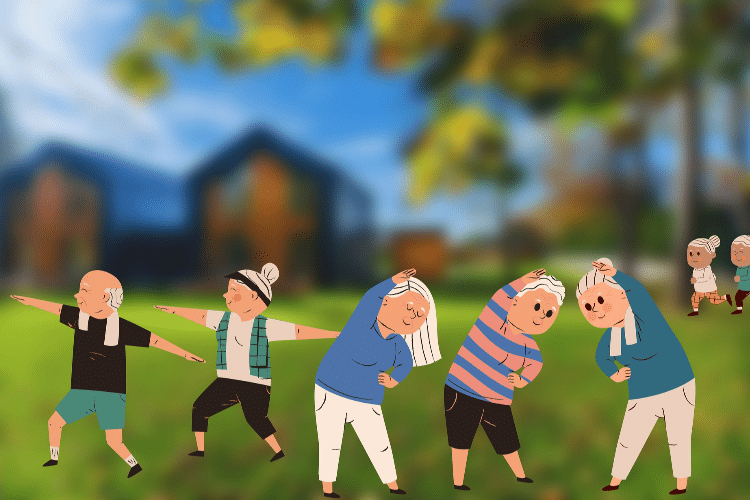
What is Included in Assisted Living Services?
Assisted living services encompass a wide range of support options designed to help individuals, particularly the elderly, live safely and comfortably as they age. The aim is to provide assistance with daily activities that might not be as easy to manage due to physical limitations or health issues. Firstly, personal care is a primary component of what's included in such services. This typically covers help with daily routines such as bathing, dressing, grooming, and toileting. It’s crucial because maintaining personal hygiene can become difficult for many residents (especially if they suffer from conditions like arthritis). Another important aspect is medication management! It's essential (since managing multiple prescriptions can get confusing) and mistakes could lead to serious health complications. Assisted living facilities ensure that residents take their medications correctly and on time. Meal preparation and dietary monitoring are also integral. Not only do residents receive nutritious meals that cater to specific dietary needs (like diabetic-friendly or heart-healthy diets), but the staff also monitors their nutritional intake to ensure they're getting what they need for their particular health conditions. Furthermore, housekeeping and laundry services are usually included too. Since

Just What is an Assisted Living Facility?
An Assisted Living Facility , often simply called assisted living, is a residential option for seniors who need some assistance with daily activities but don't require the full-time health care services provided in a nursing home. It's amazing how these facilities allow elderly folks to maintain their independence while still receiving the necessary support! So, what exactly does an assisted living facility offer? Well, it generally includes help with everyday tasks such as bathing, dressing, and medication management. Assistance is tailored to each individual’s needs (which can vary widely), ensuring that everyone receives just the right amount of help. Moreover, these facilities typically provide meals that cater to various dietary restrictions and preferences. Imagine enjoying delicious meals without having to worry about cooking or cleaning up afterwards! And it doesn’t stop there; most places also organize social activities and outings that encourage residents to engage with one another and keep active minds. However, don’t assume that all assisted living facilities are the same. Each place might have its unique charm or set of amenities which could include anything from a simple garden area to a fully-equipped gymnasium. This variety

The Impact of Technology and Innovation on Enhancing Life
The advent of technology and innovation has profoundly transformed various sectors, among which the healthcare industry stands out - particularly in the realm of assisted living facilities . These advancements have not only streamlined operations but have also significantly enhanced the quality of life for residents. Let's delve into how these improvements materialize in real-life settings. Firstly, it's important to consider the role of assistive technologies designed to aid residents with daily activities. From sophisticated medical alert systems to interactive touch-screen devices, these tools empower individuals by granting them a greater degree of autonomy (something we all cherish deeply). For instance, simple mobility aids like electronic wheelchairs allow for freedom of movement that was perhaps unthinkable a couple decades ago! Moreover, smart sensors can now monitor vital signs and detect falls – preemptively notifying staff and potentially saving lives. However, it must be acknowledged that there remains some skepticism among older generations when it comes to adopting new tech. To address this, many facilities offer workshops and one-on-one training sessions to familiarize residents with these gadgets. It’s not just about putting technology in place; it’s crucial that users feel comfortable and confident in

What is the Difference Between Assisted Living and Other Senior Care Options?
When it comes to caring for our aging loved ones, the array of senior care options available can sometimes be overwhelming. Among these, assisted living facilities and other forms of eldercare offer distinct services and levels of support, tailored to the varied needs of seniors. Understanding the differences between them is crucial in making an informed decision that ensures the happiness and well-being of our elderly family members. Assisted living is a popular choice for seniors who require some assistance with daily activities but still want to maintain a level of independence. These facilities typically provide meals, housekeeping, medication management, and personal care support. What sets assisted living apart is its focus on promoting residents' autonomy while offering help with tasks they might find challenging (like dressing or bathing). With social events and communal areas, there's also a strong emphasis on fostering community and preventing loneliness - something especially important in one's golden years! On the other hand, nursing homes - often confused with assisted living - cater to individuals requiring 24-hour medical attention due to chronic health conditions or disabilities. Herein lies a key difference: whereas assisted living supports those who are

What is an Assisted Living Facility and How Does It Support Elderly Residents?
An assisted living facility (ALF) is, in essence, a residential option for older adults who need some help with their daily activities but still wish to maintain a level of independence. They're not quite at the stage where they require full-time care like that offered in a nursing home, you see. Instead, these facilities provide a balance between assistance and self-sufficiency, which suits many seniors just fine! Now then, how do these assisted living facilities support their elderly residents? Well first off, they offer services tailored to individual needs. This could mean help with bathing or dressing for those who struggle with mobility - it's all about preserving dignity while providing necessary support. Moreover, medication management ensures that residents take their prescriptions correctly and on time (a relief for families worrying from afar!). But there's more! Assisted living communities usually include meals - often three times a day - prepared by staff who understand nutritional needs as we age. Plus, laundry and housekeeping services free up time so residents can enjoy various social activities available within the community. Ah! The social aspect should not be underestimated either; it's crucial for

Tips for Transitioning to Assisted Living
The good news is you don’t have to be an interior designer or crafting genius to create a warm and welcoming space that they will love. Here are some decorating tips for an assisted living apartment to get you started on your new plans: plan ahead. Make a realistic floor plan of their new home to help you determine what furniture is needed and will fit properly. Don’t overcrowd the space. Your loved one will be more comfortable in their new home if loved and cherished items surround them. But it’s important to make sure these pieces are the right size. The first couple of visits may be awkward, and that’s okay! keep showing up. Keep being a trustworthy and reliable presence and the visits will begin to transform from awkward to quality time together. What tips do you have for visiting a loved one in assisted living? share your personal experiences with us in the comments below! we’d love to hear from you! share:. A lot of seniors would prefer living in their own homes because it provides them a sense of security, and most importantly, a sense of independence. Everyone likes to have a degree of control in

Tips and Tricks for Seniors in Assisted Living
Spring has sprung! this spring cleaning season is the perfect time to whip out your cleaning supplies for the annual spring clean of your ceiling fans, kitchen cabinets, windows, and more. Get a head start on this daunting task by buying all the necessary cleaning products you may need before the stores run low on supplies! these tips and tricks are perfect for seniors living in a house by themselves or at foxtail assisted living. The process of moving seniors to an assisted living facility can be relatively simple or very difficult based on how the transition is handled. While many seniors are thrilled to be moving to a facility that offers the opportunity to downsize and make new friends, there are others that perceive this move as an act of abandonment and a loss of freedom. Utilizing these 7 expert tips will guide you through organizing the move to make it as seamless as possible and decrease the likelihood of your family member becoming stressed about the situation. When you’re in the process of choosing an assisted living community for yourself or someone you love—it’s a complex decision with a lot of moving parts. And, like

Familiarize yourself with community caregivers and staff.
An inside look at the caregiver hiring, training, and assigning process can help you assess how personalized the care is and how caregivers there foster nurturing relationships. To help you get an idea of the facility’s caregiving staff, try asking the following: do staff members make you feel welcome? do they call residents by their names? what is the caregiver-to-resident ratio? how many residents live here? how many caregivers and staff members are on duty overnight versus during the day? what kind of experience and training does the staff have? how does the community facilitate a good match between caregivers and residents? does the community perform background checks on every employee?. 1. The staff-resident relationships the number and quality of staff members will have a big impact on the quality of care your loved one receives. As you tour the community, ask about the resident-to-staff ratio. Also, pay attention to the interactions between caregivers and residents. Do they appear engaged and familiar with one another? are the relationships warm and friendly? another question relates to the average length of staff tenure. A high turnover rate can be a signal that the community is not well managed. Continuity of care is important in an assisted living environment.

Choose the right community.
Once you’ve figured out how your loved one's items will be delivered to the community, you can start packing. You can either hire vendors to pack and organize your loved one’s possessions, or you and other family members can assist with the physical act of packing. Because moving to a senior living community has additional complexities, if you choose to hire vendors to help with packing, make sure they have experience working with seniors. If possible, start this process in the few weeks to a month or two before the move-in date to reduce stress, avoid a rush, and prevent burnout. Moving is one of life's most stressful events, even if you're excited about the change. Give yourself as much time as you need to acclimate, and ask other residents or the community staff for support. While you adjust to your new surroundings and new faces, remember that many seniors end up wondering, "why didn't i do this years ago?" once they settle into their new communities. Selecting a senior living community is a big decision. Brightview has created a step-by-step guide to help you choose the right independent living community for your needs. Categories. Research assisted living